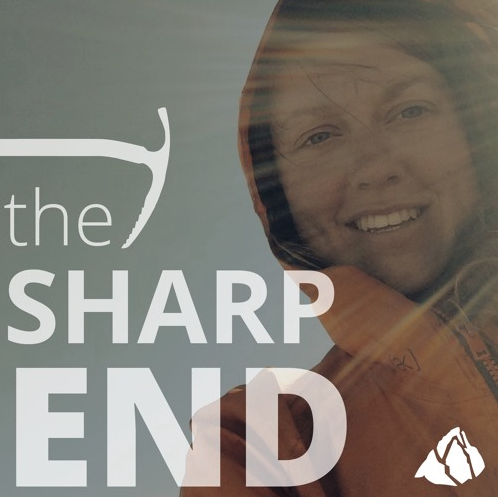Wyoming, Grand Teton National Park, Symmetry Spire
Wyoming, Grand Teton National Park, Symmetry Spire. On 19 June Donald J. Peterson (29), Jerry L. DaBell (25), Rick DaBell (19), William H. Radtke (36), and Robert H. Deal (28) climbed Symmetry Spire by its North West route and reached the summit at 1400. After a rest period they began their descent at 1500 glissading single file down
the East face couloir. Deal was in the lead. At about 1530 as the party approached the 9,000-foot level R. DaBell saw that Deal suddenly began tumbling out of control down the couloir and quickly disappeared. DaBell warned the others, who arrested themselves. They detoured around a rock out-cropping. They found that Deal’s ice axe was stuck in the snow above a moat that had apparently been created by melting snow water cascading into a cavern 20 feet deep.
R. DaBell promptly rappelled into the moat but was unable to reach Deal due to the unfavorable conditions created by the waterfall. DaBell was retrieved from the moat and Radtke rappelled in from a different position. He found Deal lying head down, jammed between the ice, snow and rocks in the water course with his head under water. Radtke felt Deal for a pulse and could not detect any. Radtke was then retrieved from the moat. It was decided to send Peterson down for help.
At about 1610 a second party of two was observed descending toward the accident site. They were warned of the hazard and they managed to avoid it. These two were Ronald R. Ottoson (30) and James Hovda (32). Hovda climbed up, well above the accident site to warn a third party that was known to be descending this route. This party consisted of Wayne Creek (36), Michael Creek (12), Larry Ybarrondo (32), and Luis Ybarrondo (9).
At about 1620 Hovda saw the first member of the third party, Wayne Creek. Hovda shouted warnings and waved his orange parka. Wayne Creek, however, was out of control, traveling very fast, and caught up in a snow slide. Hovda then noticed that a second person Luis Ybarrondo was only a short distance behind Creek also traveling too fast and enmeshed in the snowslide. Moments later the two plunged into the same moat and were followed by the snowslide.
Ottoson heard voices calling from down in the moat but he was unable to see the victims due to the waterfall. Ottoson immediately threw a rope into the moat and shouted for the victims to grab onto it. When he had no response to his efforts, he rappelled down into the moat and found Creek and Ybarrondo buried in the snow with only their faces and heads showing. Ottoson attempted to free Ybarrondo by scooping the compacted snow from around his body and pulling on his outer clothing. Ottoson’s efforts only succeeded in tearing the clothing and breaking the boy’s helmet. The loose snow and bodies had formed a dam in the water course and water was filling the moat rapidly. Within a minute or so the water had completely covered the two victims’ heads. Ottoson seeing this and exhausted from his effort, and numbed by the icy water that was pouring over him from the waterfall, felt he could do no more and he was pulled out of the moat.
During this time Hovda had managed to warn the other two who had arrested their descent.
The Park Service rescue team arrived at about 1830. Ranger R. Irvine rappelled into the moat. He could not see the victims’ bodies due to the accumulation of snow and water. No attempt was, therefore, made to retrieve the bodies.
The three victims’ bodies were subsequently recovered after considerable difficulty.
Source: Douglas Leen, Park Ranger.
Analysis: It appears the lack of control above the accident scene was a contributing factor as well as the limited snow experience of Deal and Ybarrondo.

